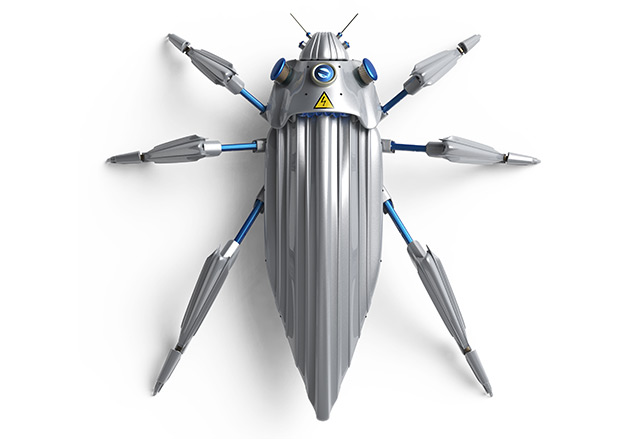Things tend to happen in threes. An unlikely triumvirate on the surface, it would appear that Asimov’s laws on robotics and the UN Convention on Conventional Weapons (CCW) will outflank the Third Offset—the nation’s search for its next silver bullet in war fighting is robotics—knowing that many nations will agree on moral grounds. These nations will reject Asimov based on semantics, and though the debate might be perceived as strictly academic, or even rhetorical, it is worth discussing for the sake of a good cautionary tale. Because, whether we like it or not, killer bots are coming to a theater of operation near you.
(Article by JG Randall)
Before we get deep in the weeds, let’s get some clarity. First, let’s outline Asimov’s robotic laws. The Three Laws of Robotics are a set of rules devised by the science fiction author Isaac Asimov. They were introduced in his 1942 short story “Runaround,” although they had been foreshadowed in earlier stories. The Three Laws, quoted as being from the “Handbook of Robotics, 56th Edition, 2058 A.D.” The laws are as follows:
1. A robot may not injure a human being or, through inaction, allow a human being to come to harm.
2. A robot must obey the orders given it by human beings except where such orders would conflict with the First Law.
3. A robot must protect its own existence as long as such protection does not conflict with the First or Second Laws.
Now, let’s compare and contrast these laws with the United States’ offset strategies.
The First Offset Strategy: President Eisenhower, when confronted with Soviet aggression in Europe, requested that the military find a way to deter the Russians without having to match them man for man, or tank for tank. We had an atomic dominance, and so we miniaturized that edge into a tactical nuclear capability on the battlefield down to battalion level—where mere light colonels could engage in fission fighting, if need be. This lasted less than a decade.
The Second Offset Strategy: eventually the Soviets achieved nuclear parity and we needed to regain the advantage to defeat all the tanks, planes, ships and men. So we sought a quality capability (though Stalin once quipped: “Quantity has a quality all its own”). Thus we developed precision-guided munitions, synced up to a deep battle network and uplinked to space-based systems. This allowed us to seek out and destroy the enemy before he knew what hit him, as evidenced in the 1991 Gulf War. And now great power rivals outrival us in these high-tech domains and have aggressively pursued cyber and space. So we’re back to the drawing board.
The Third Offset Strategy: The U.S. Department of Defense’s Defense Innovation Initiative was announced in November 2014. A core component of the initiative is the formation of a Long- Range Research and Development Planning Program that will purportedly target several promising technology areas, including robotics and system autonomy, miniaturization, big data and advanced manufacturing, while also seeking to improve the U.S. military’s collaboration with innovative private sector enterprise.
Read more at: nationalinterest.org




















